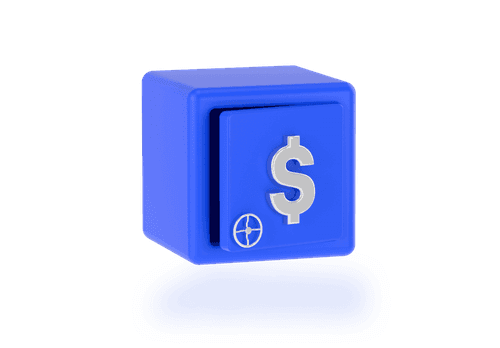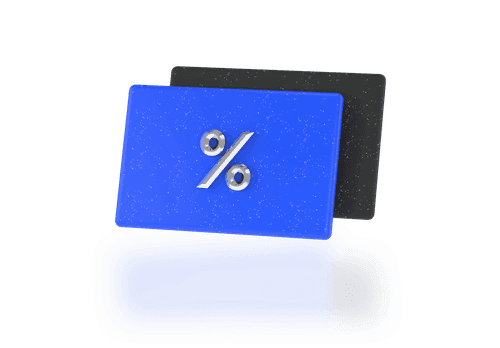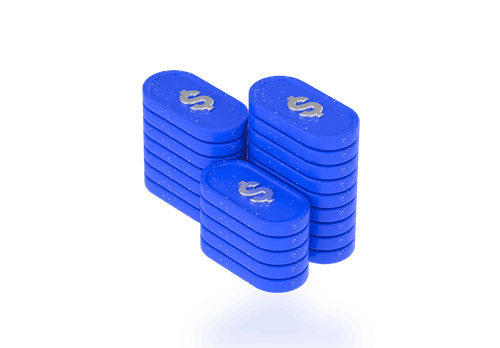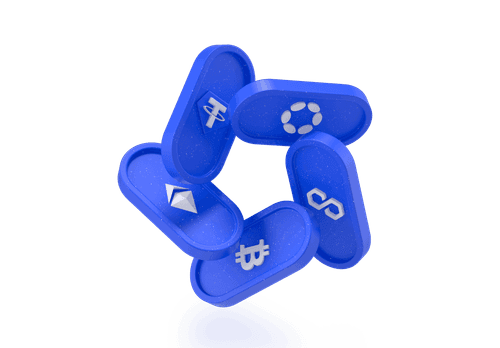Intermediate
Exploring Derivative Instruments: A Trader's Handbook

Imagine you could peek into the future of the stock market. Not with a crystal ball, but using powerful tools called derivatives. These instruments let you make calculated bets on whether a stock, commodity or even the weather will go up or down.
It's the ultimate tool for traders who want to manage risk, profit from market swings, and unlock strategies that simply aren't possible with regular stocks.
What are Derivatives?
Imagine you're a farmer. You've toiled for months, nurturing your crops, and now harvest approaches. But what if a sudden drought devastates your yield, sending market prices for wheat skyrocketing? On the other hand, maybe you're a baker who relies on a steady supply of wheat to maintain your profit margins. This is where derivatives enter the scene, acting as powerful financial instruments that can shield you from such uncertainties.
A derivative is essentially a contract built upon an underlying asset, which can be anything from a stock, bond, or commodity like wheat, to even something abstract like an interest rate. The value of the derivative hinges on the fluctuations in the underlying asset. Here's where it gets clever: these contracts allow you to speculate on the future price movements of the underlying asset.
Let's go back to our farmer and baker. The farmer, fearing a poor harvest, can enter into a futures contract – an agreement to sell wheat at a predetermined price on a specific future date. This price is set today, locking in a profit margin regardless of what happens to the actual market price later. On the other hand, the baker can use the same futures contract to secure a steady supply of wheat at a predictable price, safeguarding themselves from potential price spikes.
This is just a simple example, but it showcases the magic of derivatives: managing risk and unlocking opportunities based on educated guesses about the market's future behavior.
Types of Derivatives
The world of derivatives offers a diverse array of financial instruments, each designed for specific purposes and carrying its own unique risks and rewards. To master this powerful toolkit, let's dive into the most common types of derivatives:
Futures
Think of a futures contract as a binding promise. It obligates the buyer to purchase an asset (or the seller to sell it) at a predetermined price on a specific future date. Futures are traded on exchanges, ensuring standardization and transparency.
Example: A corn farmer worried about falling prices after harvest might secure a futures contract to sell corn at a favorable price established today, shielding themselves from market drops.
Options
Options are all about flexibility. They grant the buyer the right, but not the obligation, to buy or sell an underlying asset at a predetermined price (the 'strike price') by a specific date (the 'expiration'). There are two flavors:
- Call options: Allow you to buy the asset if you believe the price will rise.
- Put options: Allow you to sell if you predict the price will fall.
Example: If you're eyeing Tesla stock and anticipate a surge, a call option lets you lock in a lower purchase price later. If the stock goes up, you profit!
Swaps
Swaps involve two parties agreeing to exchange cash flows based on an underlying asset's movement. A common example is an interest rate swap, where one party exchanges fixed interest payments for variable interest payments tied to a fluctuating rate.
Example: A company with a variable-rate loan might worry about interest rates rising. They can enter a swap to convert that variable-rate payment into a fixed one, adding predictability to their costs.
Derivatives are sophisticated tools. They allow for hedging against risk, speculating on price movements, and crafting investment strategies impossible with traditional assets alone. Understanding how futures, options, and swaps function is crucial for any trader seeking to expand their strategic repertoire.
How to Trade Derivatives
Entering the world of derivatives requires a strategic mindset and a healthy dose of caution. First things first: education. Derivatives come in various flavors, from futures contracts to options. Grasp the mechanics of each, the underlying assets they're based on (stocks, commodities, currencies, even interest rates!), and the specific markets where they trade. This knowledge is your shield.
Once you've armed yourself with the basics, figure out your risk tolerance. Derivatives are known for magnifying both profits and losses. Learn about hedging strategies, which can help mitigate risk, and understand margin requirements. Margin allows you to control a larger position with a smaller investment, but it also amplifies potential losses.
Now, let's get down to brass tacks. Choosing a broker is key. Ensure they offer the derivatives you're interested in and have a user-friendly platform with the analytical tools you need. Fees can vary, so shop around for the most cost-effective option.
Developing a trading strategy is crucial. Are you a risk-seeker aiming for high gains, or a cautious investor seeking to hedge existing holdings? Technical analysis (chart patterns, indicators) or fundamental analysis (company data, economic trends) can inform your decisions about the underlying asset's direction. Clearly define your entry and exit points – when to initiate trades and when to cut losses or lock in profits.
Before diving in with real money, consider paper trading. Many brokers offer demo accounts that let you test your strategies in a simulated market environment. Think of it as a dress rehearsal to refine your approach and build confidence.
When you're ready to make the leap, start small. Very small. This helps you manage risk and get comfortable with the live market. Discipline is paramount. Stick to your predefined strategy and don't let emotions cloud your judgment.
Remember, the financial world is a constant learning curve. Stay updated on market news, regulations, and evolving derivative strategies. Derivatives can be a powerful tool, but never forget the golden rule: never risk more than you can afford to lose.
Should You Invest in Derivatives?
Derivatives offer the allure of high returns and the ability to hedge against market swings, but they're not for the faint of heart. These intricate financial instruments demand knowledge, experience, and a keen understanding of how the markets work. Before taking the plunge, carefully consider the following:
- Understand the Risks: Derivatives can be high-risk investments. Their potential for quick gains goes hand-in-hand with the potential for significant losses. Thoroughly research and grasp the specific risks associated with your chosen derivatives before investing even a single dollar.
- Consider Your Investment Goals: Derivatives often thrive on short-term price movements and require active management. If you have a long-term investment horizon, derivatives might not be the optimal fit for your strategy.
- Diversify Your Portfolio: Should you decide derivatives have a place in your investing toolkit, diversification remains paramount. Spreading your investments across a spectrum of assets helps mitigate risk.
- Work with a Professional: If derivatives are a new frontier for you, consulting a seasoned financial professional can help you navigate these complex waters. They offer guidance and support as you make informed investment decisions.
The Bottom Line
In the hands of experienced, risk-aware investors, derivatives can be powerful tools. However, if you're new to this arena or prefer a slower and steadier investment style, it's wiser to focus on other options. Thorough research, understanding the risks, and matching any derivative strategy to your overall goals are non-negotiable.
Trading derivatives and other assets is favorable at nomo, as we provide the best trading conditions.



















